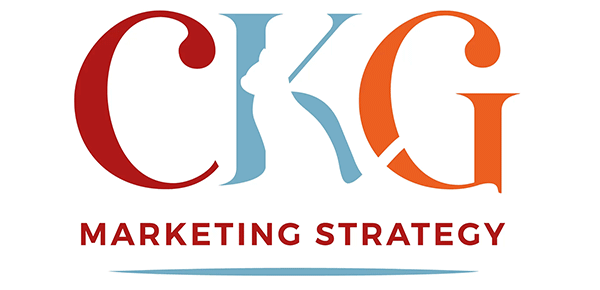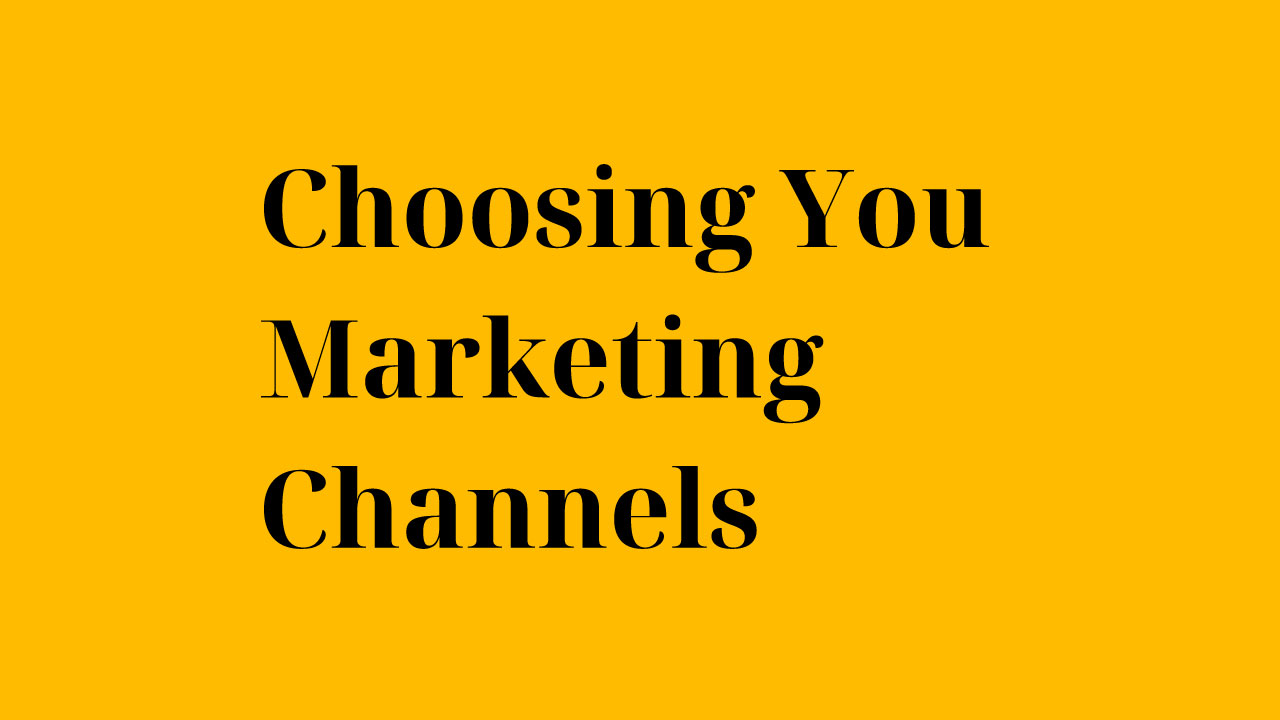Choosing Your Marketing Channels
What are marketing channels?
Marketing channels are the means by which companies reach their target audiences with their marketing messages, and are an integral part of any successful marketing strategy. From traditional channels like television and radio to digital channels like search engine marketing and social media, you need to understand the best ways to reach your target audiences and optimize your marketing efforts.
Marketing channels can be online or offline, paid or free. Traditional marketing channels like television, radio and print are still relevant today, but digital channels have become increasingly important for reaching consumers, and allow you to reach your audiences in more targeted, cost-effective ways.
Direct or indirect marketing channels
Direct marketing channels are those that allow you to speak to your audience directly without going through a third party. This includes things like face-to-face, email, online ads, and they tend to be more targeted and more personalised than indirect marketing.
Indirect marketing channels go through a third party, such as TV and magazine ads. You are not speaking directly to the end user, but they are generally broadcast to a much wider audience base. Not all of these people will be your target audience, but it does allow for more
people to see your ad in the first place Omnichannel marketing uses channels that work together seamlessly, and in this digital age it is
becoming more important to create consistency across all your marketing. For example, a website, blog and social media can all work together to create a seamless experience for your audience.
What marketing channels to use
There are a lot of channels to use, so start by determining which channels are the best fit for your target audiences and objectives.
You may decide to use different channels to appeal to different segments of your audience. In this instance, you may choose SMS and TikTok marketing channels for the younger audience, and email and LinkedIn for the professional audience. Let your market research guide your
decisions here, and consider the cost, reach, and effectiveness of each channel.
It’s also important to consider the channels that you feel comfortable and able to use, especially if you are doing your own marketing rather than using a marketing company to do it for you. This is because you are much more likely to actually do your marketing if you enjoy it. For example, YouTube might be an ideal channel for your audience, but you may hate creating videos. If this is the case, you will either need to outsource this marketing or find a solution to video creation that you are more comfortable with, such as animation or slides rather than face-to-camera.
Some marketing channels to consider:
- Organic search (SEO)
Non-paid search engine results that make your website easy to find. Increases visibility and traffic. - Social media
Paid and free use of social sites to engage audiences and create a following of like-minded people. - Email marketing
Reach your audience directly and build loyalty through engaging and helpful content interspersed with sales. Builds relationships and leads to brand advocacy if done well. - Video marketing
Popular marketing channel with audiences who prefer a visual way to consume content. YouTube and TikTok are great examples of video platforms, but they can also be created for use on other social media platforms and your website. - Digital advertising
Paid indirect marketing channel to promote your business or product on someone else’s platform. Ads are placed on platforms that have large audiences to maximise the ROI. - Word of mouth
One of the best marketing methods and only available through great service, quality and exceeding expectations. - Live chat
Growing marketing channel that uses either people or bots to chat to people when they arrive at your website. Useful to answer FAQs and customer service. - Telephone marketing
An oldie but still popular as a marketing method. However, it does need to be done tactfully as people have less tolerance for it. - SMS marketing
More popular with younger audiences who are less likely to use email or professional platforms such as LinkedIn. - Websites and blogs
Autonomous platform that allow you to showcase everything you have to offer and your expertise. Used in conjunction with most other channels (or at least they point to this) and connected to SEO, social media and email most regularly. - Influencer marketing
Used to take advantage of the large audience and trust in the influencer opinion. Can be paid, but most often are done in exchange for a freebie product. Work best when the influencer has the same audience as you. - Events
A great way to meet your audience rather than just communicate with them. Paid channel but can lead to great relationship building. - Podcasts
Appeal to a more targeted audience and can be useful to demonstrate your expertise. Guest appearances are an option if you don’t want to run your own podcast. - Networking
Another great way to meet your audience and talk to them directly. These types of channels allow you to not only promote your product or service directly with the customer, but also find out what they are really wanting from any particular product when they consider buying it. - Affiliate marketing
Promotion of your brand made by another business or person, where they receive a commission based on the sales you make through their promotion. For example, a review blog with links to sites to purchase the items discussed.
In summary
By understanding the different types of marketing channels and how they can be used to reach different target audiences, you can optimize your marketing efforts and maximize your ROI.
For more help deciding which marketing channels are best to reach your business goals, please get in touch with Cat on: cat@ckgmarketing.co.uk






